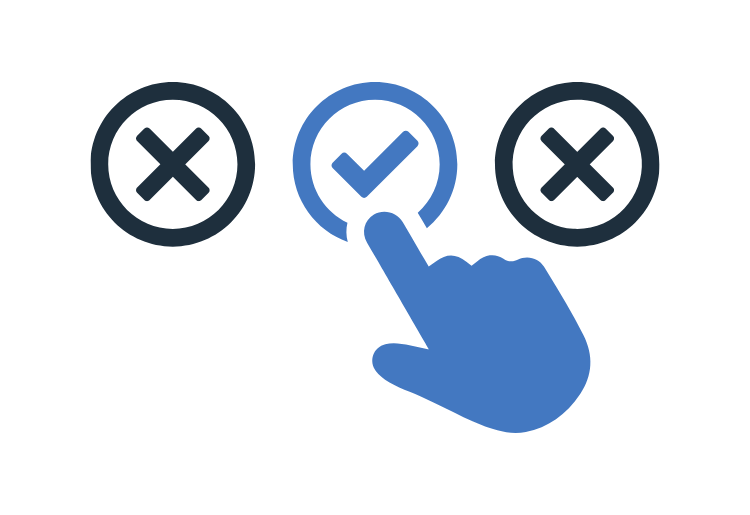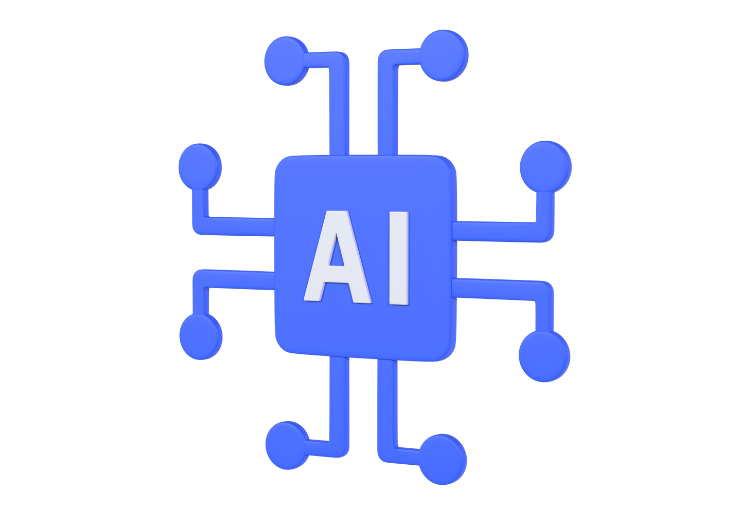Did you know that the global market for learning management systems (LMS) is at $13.4 billion?
And it’s actually expected to grow to $25.7 billion by 2025!
This is testimony of how integral an LMS system is for organizations, especially educational institutions. Learning management systems have been important in the world of eLearning for at least 13 years, but these systems didn’t actually start off as learning management tools. However, traditional LMS evolved very rapidly and entered the eLearning industry pretty quickly.
This blog discusses everything – from what is LMS to integrating LMS in higher education and the advantages of LMS in education. So, if you’re curious to learn more about LMS, keep reading till the end!
What is LMS?
A learning management system or LMS is software that helps manage training content. Breaking down the name itself, we have:
- Learning: you can access your learning materials 24/7, and all in one place
- Management: the training process is streamlined to ensure smooth user registrations, course assignments, etc.
- System: trainers or educators can automate tracking, reporting, grading, etc.
Such EdTech tools are often used by training administrators, instructional designers, educators, students, and even training departments at corporations. The numbers don’t lie, and almost all corporate organizations rely on some form of the LMS for their training activities. Still, it’s important to note that LMS is still a relatively general term, and not all LMS models are the same in their functionality. Modern LMS have integrated artificial intelligence (AI) and machine learning (ML), which means they’ve come a long way from the basic LMS models. In fact, let’s dive into the history of the LMS to truly understand how far we’ve come.
Evolution of the LMS
The first learning management system was developed by Sidney L. Pressey in the 1920s, and it offered simple exercises and multiple choice questions (MCQs). This teaching machine was quite similar to a typewriter, and students needed to drill in their answers, which were recorded at the back of the machine. Students could only move to the next question if they answered the first one correctly – and some LMS models still use this feature even today. However, in 1929, Milton Ezra LeZerte created the problem cylinder to deliver automated instructions without needing an instructor to be physically present. Plus, it could automate grading, which meant it tested learners and marked their MCQs as right or wrong, significantly saving the instructor’s time.
The University of Houston (USA) took this up a notch in 1953 when they developed the first for-credit college course, allowing people to learn from their homes. They included recorded video lectures so even full-time workers could learn easily. Still, the advancements in educational technology didn’t end here either – the Self-Adaptive Keyboard Instructor (SAKI) emerged in 1956, developed by Gordon Pask and McKinnon Wood. It gave users access to personalized practice questions based on their performance over time. SAKI would “learn” from the user and adjust the difficulty of the questions based on the user’s performance.
Another few years down the line, Dr. Donald Bitzer came out with the Programmed Logic for Automatic Teaching Operation (PLATO) in 1960. PLATO was unique because it supported self-paced learning and allowed students to independently monitor their progress and performance. However, its true selling point was how it created a network of students to promote collaborative learning. This meant students could contact each other via chat and email and even hold group discussions in chat rooms.
Hewlett-Packard’s first calculator, the HP-9100A, also launched in 1968 – and proved itself as a one-of-a-kind computing machine that could process and solve engineering problems 10 times faster than other machines of the time! In fact, it wouldn’t be wrong to say that the HP-9100A laid the foundation for establishing connections via the Internet.
Next came MIT’s Project Athena in 1983, a forerunner to the modern LMS, and it attempted to broaden the scope of computers beyond science and engineering. It established several workstations on the MIT campus to make learning material more accessible for instructors and students. And soon after, in 2000, the world saw the first open-source LMS called the Modular Object-Oriented Dynamic Learning Environment or Moodle. Users could simply download the Moodle app and start browsing content.
They could pick and choose the content they wanted to learn. Moodle’s plug-and-play functionality meant training content was available faster – and at a reduced price. Still, further advancements led to the development of the Sharable Content Object Reference Model (SCORM) in 2004, which was a messaging standard with specified parameters for content packaging and metadata. This was soon succeeded by Experience API (xAPI), an eLearning specification, in 2010. It allowed tracking all types of learning experiences.
However, earlier learning management systems were limited in mobile compatibility, customization options, user-friendly interface, administrative features, data security, analytics capabilities, rights management, and speed. Modern LMS systems have addressed most of these issues and integrated the latest technologies, like AI and ML, into LMS models to drastically improve how they work.
AI-Driven Modern LMS Systems
Now that we know what is LMS and how it all started, let’s discuss the phases of its evolution. Modern LMS systems have transitioned to include personalized learning-based educational content for students based on their performance and preferences. This means every student will receive the content and support they need to meet the relevant learning standards. Plus, these LMS models are highly interactive, meaning they actively encourage engagement and retention. Besides this, they’re also user-friendly and more intuitive in terms of navigation, tracking student progress, and feedback.
Additionally, modern LMS systems are transforming learning environments by integrating gamification, blockchain, and big data-based predictive analytics.
SimpliTaught’s Smart Learning Technology
After understanding what is LMS in education, we also need to talk about integrating LMS in higher education. Learning management systems can help learners manage content and track their progress and performance. However, they are not limited in their function because they can be integrated with other learning tools and platforms to enhance their functionality multi-fold – and this is one of the biggest advantages of LMS in education.
SimpliTaught is an online learning platform for students which can easily be integrated with an LMS. SimpliTaught uses AI and ML to support personalized and adaptive learning for college students. Our AI model searches the internet for learning material relevant to students’ textbook concepts, and our ML model observes how students interact with this material. What kind of material engages students? What mode of learning helps them understand best? What material is actually valuable for improving learning outcomes? Our platform collects all this information for every single student user and then uses this data to optimize their experience on the platform.
By optimizing, we mean personalizing the AI-based content recommendations to ensure they’re most helpful for every student, according to their unique academic needs and preferences. But that’s not all – we also share these insights with educators on the platform so they can adjust and improve the content in their courses to help students learn better in the next term.
So, while SimpliTaught is not an LMS, it can support integrating LMS in higher education by helping higher education institutions implement adaptive learning. It can also significantly boost the functionality of an LMS by helping it better address the needs of modern students through personalized educational technology.Contact us today at info@SimpliTaught.com for more information about how we can help higher education institutions support and accelerate student success!




